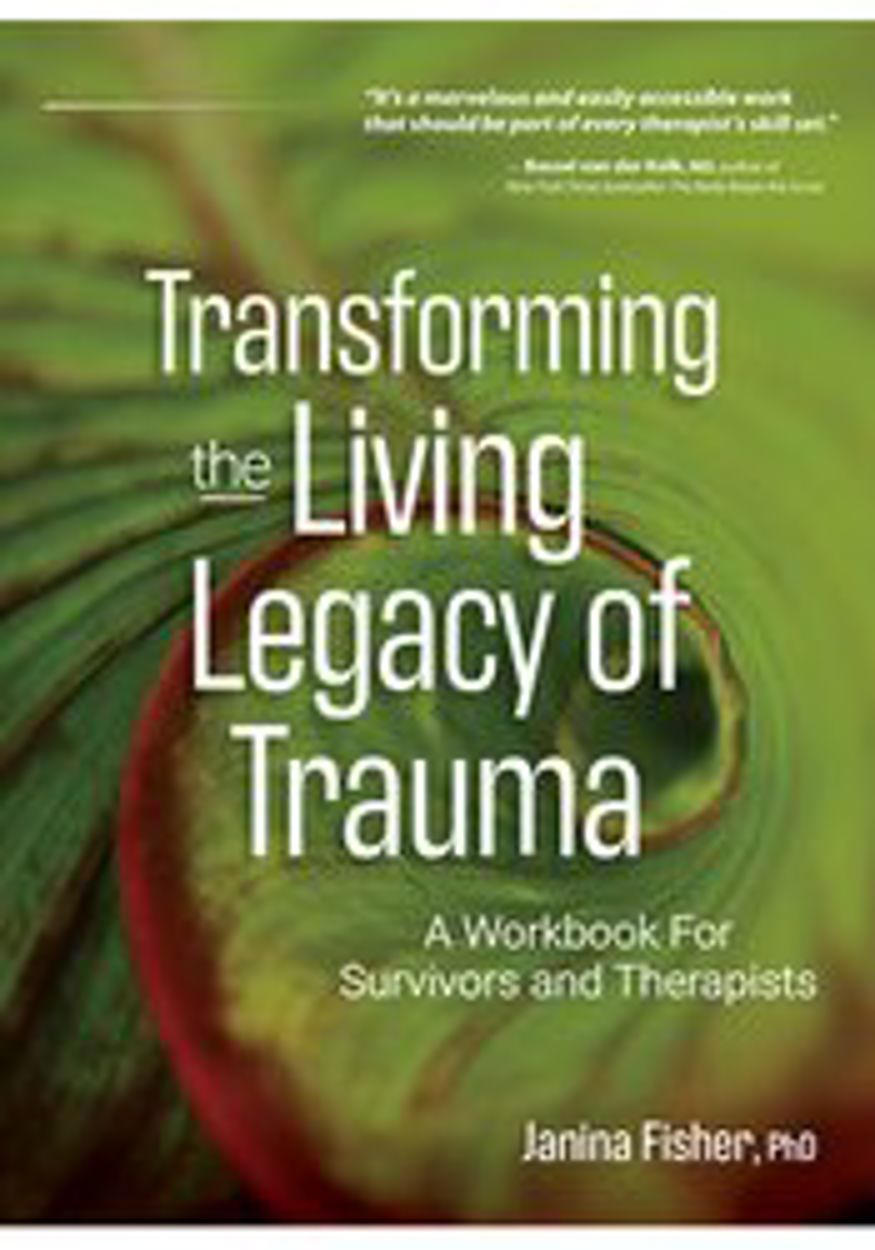How Trauma Symptoms Help Clients Survive

The effects of trauma often endure for weeks, months, years, even decades afterward. It is a living legacy.
Unlike the feelings we have about relics of the past, such as a grandmother’s vase, a father’s watch, or a mother’s ring, a living legacy is not recognizable as an antique. The living legacy of trauma manifests in intense physical, perceptual, and emotional reactions to everyday things – rarely recognizable as past experience. These emotional and physical responses, called “implicit memories,” keep bringing the trauma alive in our bodies and emotions again and again, often many times a day. Reactivated in day-to-day life by apparently harmless reminders related to the original situation or situations, our bodies tense up, our hearts pound, we see horrifying images, and we feel fear, pain, or rage. We feel loneliness and heartache even when surrounded by people who care about us.
But trauma does not just leave behind terrible memories that disrupt the sleep and waking lives of survivors. The living legacy of trauma consists of a gamut of symptoms and difficulties, most of which are unrecognizable as trauma-related.
A traumatic event is just an event. The living legacy of one overwhelming event or a lifetime of such events is an array of symptoms and difficulties common to individuals who have been traumatized. As your client takes in all the different effects caused by traumatic experiences, help them to see which are most familiar. Each represents a way that their mind and body adapted to threat and danger, to being trapped, to being too young or too powerless.
In this short video, I walk through a diagram I use with clients to help them understand how their symptoms have actually helped them survive. Join me to understand how symptoms such as depression, irritability, and numbing enable trauma survivors to manage their feelings and body responses.
To learn more about how to help your clients transform the living legacy of trauma, join internationally recognized trauma expert, Dr. Janina Fisher, in this FREE 1-hour CE training.
*This is an adapted excerpt from Transforming the Living Legacy of Trauma by Janina Fisher. Copyright © 2021, Janina Fisher. PESI Publishing & Media.
Unlike the feelings we have about relics of the past, such as a grandmother’s vase, a father’s watch, or a mother’s ring, a living legacy is not recognizable as an antique. The living legacy of trauma manifests in intense physical, perceptual, and emotional reactions to everyday things – rarely recognizable as past experience. These emotional and physical responses, called “implicit memories,” keep bringing the trauma alive in our bodies and emotions again and again, often many times a day. Reactivated in day-to-day life by apparently harmless reminders related to the original situation or situations, our bodies tense up, our hearts pound, we see horrifying images, and we feel fear, pain, or rage. We feel loneliness and heartache even when surrounded by people who care about us.
But trauma does not just leave behind terrible memories that disrupt the sleep and waking lives of survivors. The living legacy of trauma consists of a gamut of symptoms and difficulties, most of which are unrecognizable as trauma-related.
A traumatic event is just an event. The living legacy of one overwhelming event or a lifetime of such events is an array of symptoms and difficulties common to individuals who have been traumatized. As your client takes in all the different effects caused by traumatic experiences, help them to see which are most familiar. Each represents a way that their mind and body adapted to threat and danger, to being trapped, to being too young or too powerless.
In this short video, I walk through a diagram I use with clients to help them understand how their symptoms have actually helped them survive. Join me to understand how symptoms such as depression, irritability, and numbing enable trauma survivors to manage their feelings and body responses.
To learn more about how to help your clients transform the living legacy of trauma, join internationally recognized trauma expert, Dr. Janina Fisher, in this FREE 1-hour CE training.
*This is an adapted excerpt from Transforming the Living Legacy of Trauma by Janina Fisher. Copyright © 2021, Janina Fisher. PESI Publishing & Media.
Transform traumatic experiences with this...

Dr. Janina Fisher, international expert on trauma, has spent over 40 years working with survivors, helping them to navigate the healing journey.
In Transforming the Living Legacy of Trauma, Janina shows how the legacy of symptoms helped them survive and offers:
Transforming the Living Legacy of Trauma is a workbook and guide to the journey to healing. As a ‘guidebook,’ it describes the terrain to be explored, and it provides maps to help travelers find the best routes to a life beyond trauma. Get your copy on Amazon today!
In Transforming the Living Legacy of Trauma, Janina shows how the legacy of symptoms helped them survive and offers:
- Step-by-step strategies that can be used on their own or in collaboration with a therapist
- Simple diagrams that make sense of the confusing feelings and physical reactions survivors experience
- Worksheets to practice the skills that bring relief and ultimately healing
Transforming the Living Legacy of Trauma is a workbook and guide to the journey to healing. As a ‘guidebook,’ it describes the terrain to be explored, and it provides maps to help travelers find the best routes to a life beyond trauma. Get your copy on Amazon today!





